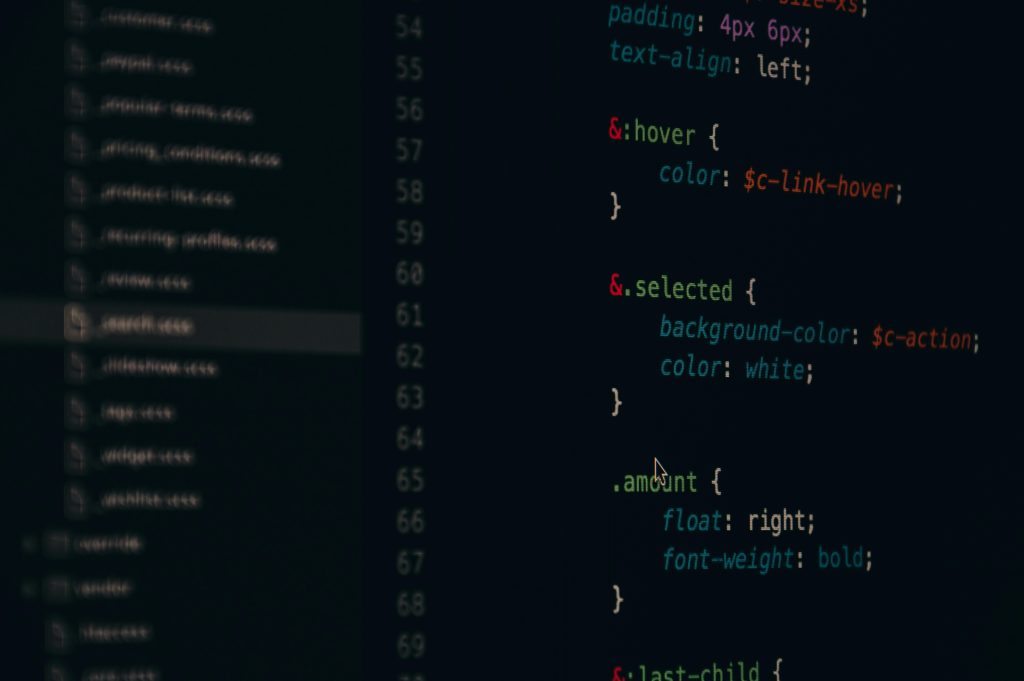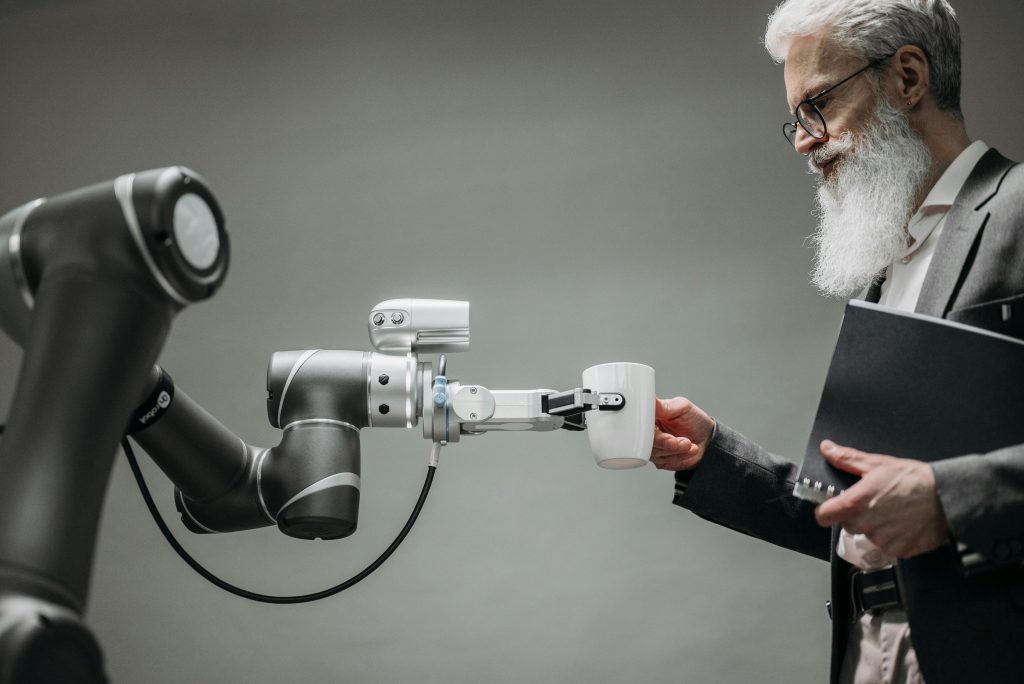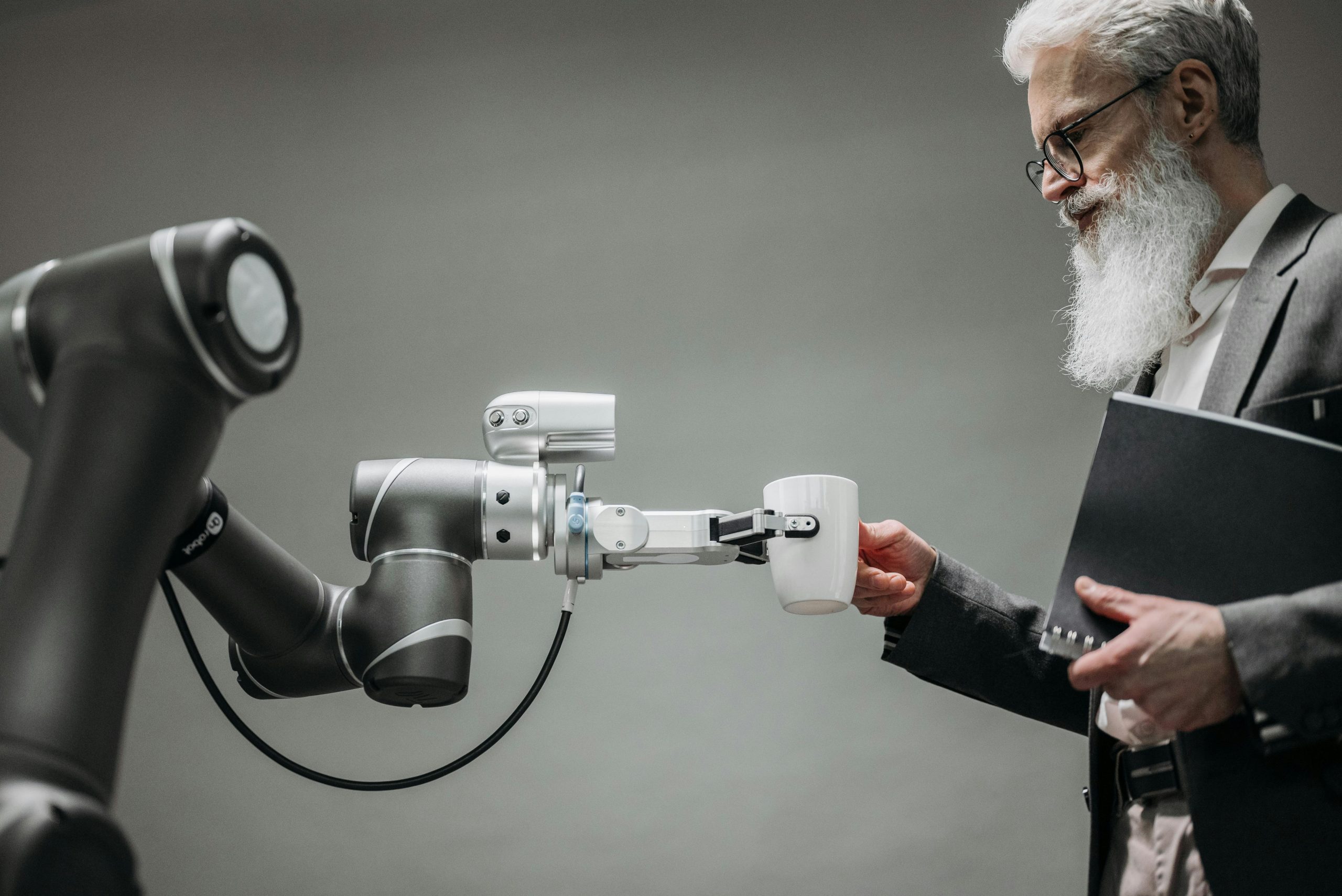Introduction
Artificial Intelligence (AI) has surged into virtually every industry—from healthcare diagnostics to self-driving cars, from recommendation engines to fraud detection. Two of its most prominent branches are Machine Learning (ML) and Deep Learning (DL). While both enable computers to learn from data, they differ fundamentally in their architectures, data requirements, interpretability, and use cases. In this detailed guide, we’ll unpack the distinctions, explore real-world examples, and help you decide which approach best fits your next AI project.

1. Core Concepts: ML vs. DL
1.1 What Is Machine Learning?
Machine Learning is the broader umbrella under which algorithms automatically learn patterns and relationships from data. Traditional ML pipelines generally involve:
- Data Collection & Cleaning
- Feature Engineering – manually crafting input variables (e.g., edge detectors for images).
- Model Selection – choosing algorithms like linear regression, decision trees, or support vector machines.
- Training & Validation – optimizing model parameters to minimize prediction error.
- Deployment & Monitoring
Example: Predicting House Prices with Random Forest
pythonCopyEditfrom sklearn.ensemble import RandomForestRegressor
from sklearn.model_selection import train_test_split
# 1. Load dataset
X, y = load_housing_data()
# 2. Feature engineering (e.g., bedrooms, lot size)
# 3. Split
X_train, X_test, y_train, y_test = train_test_split(X, y)
# 4. Train
model = RandomForestRegressor(n_estimators=100)
model.fit(X_train, y_train)
# 5. Predict
predictions = model.predict(X_test)
1.2 What Is Deep Learning?
Deep Learning is a subset of ML that uses artificial neural networks with multiple stacked layers—hence “deep.” These networks learn hierarchical feature representations directly from raw data, eliminating much of the manual feature engineering.
- Convolutional Neural Networks (CNNs) for image tasks
- Recurrent Neural Networks (RNNs) / Transformers for sequential data
- Autoencoders & GANs for unsupervised and generative tasks
Example: Image Classification with a Simple CNN

pythonCopyEditimport tensorflow as tf
model = tf.keras.Sequential([
tf.keras.layers.Conv2D(32, 3, activation='relu', input_shape=(64,64,3)),
tf.keras.layers.MaxPooling2D(),
tf.keras.layers.Conv2D(64, 3, activation='relu'),
tf.keras.layers.MaxPooling2D(),
tf.keras.layers.Flatten(),
tf.keras.layers.Dense(128, activation='relu'),
tf.keras.layers.Dense(10, activation='softmax')
])
model.compile(optimizer='adam', loss='categorical_crossentropy', metrics=['accuracy'])
model.fit(train_images, train_labels, epochs=10, validation_split=0.1)
2. Feature Engineering vs. Automatic Feature Learning
2.1 Manual Feature Engineering in ML
- Domain Expertise Required: You decide what features matter (e.g., TF-IDF for text, HOG for images).
- Time-Consuming: Data scientists can spend 50–70% of project time here.
- Risk of Missing: If key patterns aren’t encoded, the model can’t learn them.
2.2 Representation Learning in DL
- Automated Hierarchies: Early layers detect low-level patterns (edges), deeper layers build on them (shapes, objects).
- Minimal Domain Knowledge Needed: You supply raw inputs (pixels, waveforms, text tokens) and let the network discover features.
- Transfer Learning: Pre-trained networks (e.g., ResNet, BERT) can be fine-tuned on new tasks with limited data.
3. Data Requirements and Scalability
3.1 ML with Smaller Datasets
- Data Volume: Thousands to tens of thousands of samples often suffice.
- Overfitting Control: Techniques like cross-validation, regularization, and pruning keep models generalizable.
- Computational Cost: Can train on commodity hardware in minutes to hours.
3.2 DL’s Appetite for Big Data
- Data Volume: Hundreds of thousands to millions of samples—especially for image, audio, and language tasks.
- Avoiding Overfitting: Large datasets, data augmentation, dropout, and batch normalization are critical.
- Compute Requirements: GPUs/TPUs accelerate matrix operations; training can take hours or days even on clusters.
4. Model Interpretability
4.1 Transparent ML Models
- Decision Trees: You can trace each decision path.
- Linear Models: Coefficients directly indicate feature importance.

Use Case: Credit Scoring
Banks prefer logistic regression or rule-based models because they can justify approval decisions to regulators.
4.2 Deep Networks as Black Boxes
- Complexity: Millions of parameters make direct inspection impractical.
- Explainability Tools:
- LIME/SHAP: Approximate local explanations.
- Saliency Maps: Highlight image regions influencing decisions.
- Regulatory Caution: Some domains (healthcare, finance) still hesitate to adopt pure DL solutions without clear interpretability.
5. Typical Use Cases
| Task | Traditional ML | Deep Learning |
|---|---|---|
| Tabular Data | Random Forests, XGBoost | Multi-layer Perceptrons (rarely) |
| Image Recognition | SVM on HOG features | ResNet, EfficientNet, YOLO |
| Text Classification | Naïve Bayes, SVM on TF-IDF | Transformers (BERT, GPT) |
| Time Series Forecasting | ARIMA, XGBoost on engineered lags | LSTM, Temporal Convolutional Networks |
| Anomaly Detection | Isolation Forest, One-Class SVM | Autoencoders, Variational Autoencoders |
6. Choosing Between ML and DL
Opt for Traditional ML When:
- You have limited data (<10⁴ samples).
- Interpretability is crucial.
- Your problem domain relies on tabular or structured data.
- Compute resources are constrained.
Opt for Deep Learning When:
- You have abundant unstructured data (images, audio, text).
- You need state-of-the-art performance on complex tasks.
- You can leverage pre-trained models to bootstrap your solution.
- You have access to GPU/TPU resources.
7. The Future: Hybrid and Automated Approaches

7.1 Automated Machine Learning (AutoML)
- Automates model selection, hyperparameter tuning, and even feature engineering.
- Bridges the gap for non-experts and accelerates ML pipelines.
7.2 Neural-Symbolic and Hybrid Models
- Combine rule-based reasoning with neural learning for improved interpretability and generalization.
- Emerging research aims to leverage the strengths of both ML and DL in unified frameworks.
Conclusion
Machine Learning and Deep Learning each have distinct strengths and trade-offs. Traditional ML excels with smaller, structured datasets and where interpretability matters most. Deep Learning shines in extracting hierarchical features from vast amounts of unstructured data, achieving breakthroughs in computer vision, natural language processing, and beyond. By understanding their differences—feature engineering, data needs, computation, interpretability, and ideal use cases—you can make informed decisions on which approach best aligns with your project’s goals and constraints.


